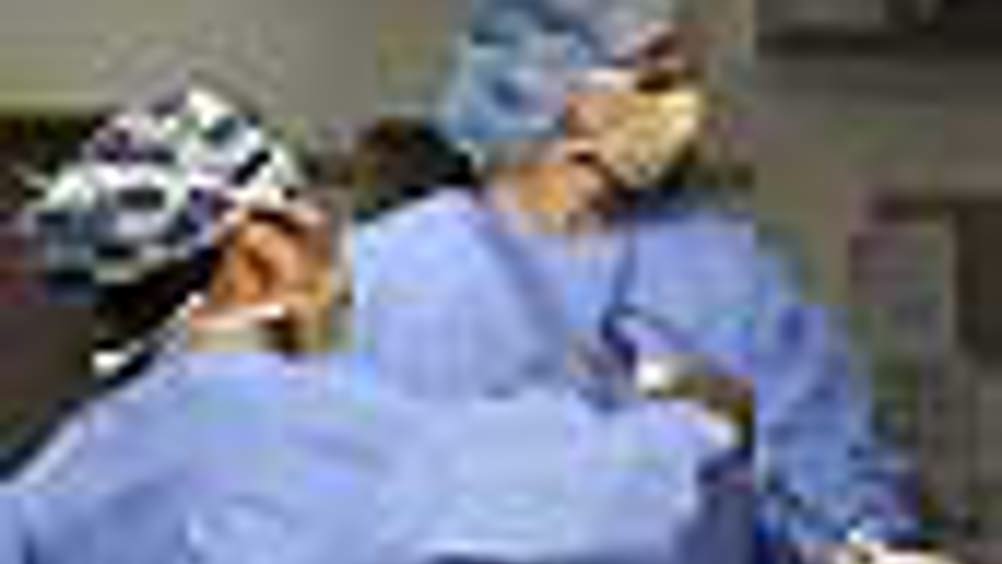Water jets for finer surgical cuts

Tools powerful enough to sever cables in the
Prof Joe McGeough of the
Surgical tools have remained virtually unchanged for centuries since they are cheap and relatively easy for surgeons to use. They do, however, present a number of drawbacks that McGeough aims to overcome.
Sawing with a serrated blade can cause heat damage to surrounding tissue, killing otherwise healthy cells and inhibiting healing. It can also produce bone debris, which carries a risk of infection.
It is believed that as there is no physical contact with the patient, water jet tools would minimise trauma, avoid tissue damage and reduce blood loss.
Register now to continue reading
Thanks for visiting The Engineer. You’ve now reached your monthly limit of news stories. Register for free to unlock unlimited access to all of our news coverage, as well as premium content including opinion, in-depth features and special reports.
Benefits of registering
-
In-depth insights and coverage of key emerging trends
-
Unrestricted access to special reports throughout the year
-
Daily technology news delivered straight to your inbox










Water Sector Talent Exodus Could Cripple The Sector
Well let´s do a little experiment. My last (10.4.25) half-yearly water/waste water bill from Severn Trent was £98.29. How much does not-for-profit Dŵr...